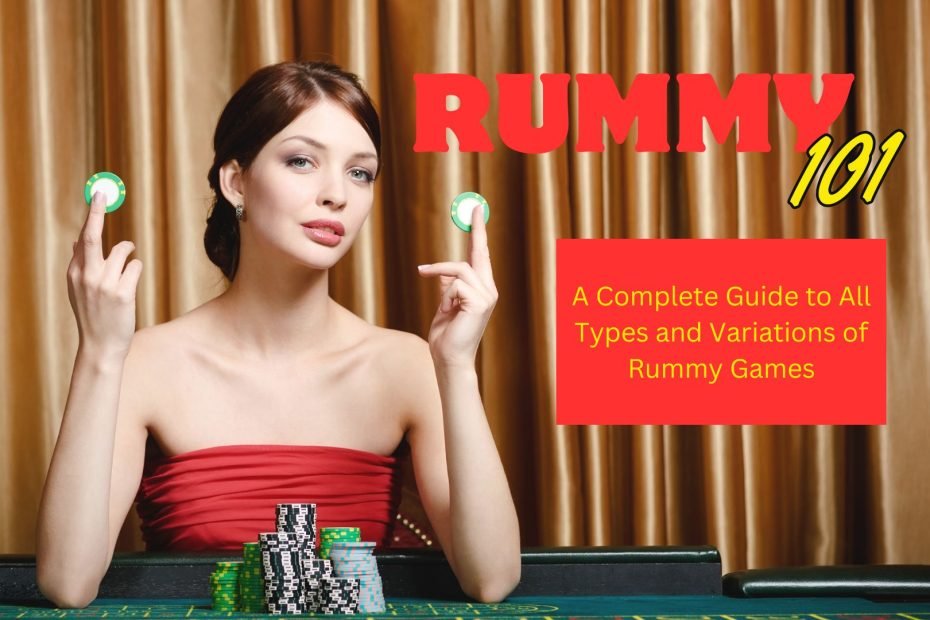Quick Question: How many rummy games are there?
Though rummy originated in India, not all Indians understand how to play well all types of rummy games. This article introduces you to all types and variations of rummy with the purpose of helping players fully enjoy all the beauty and thrills that rummy gaming experiences.
Table of Contents
♠ Play Crazy Games Online to Win Cash ♠
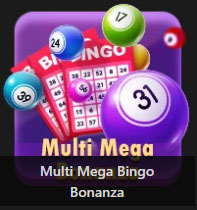
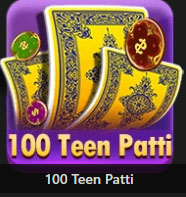


Pool Rummy
What is Pool Rummy?
Variations of Rummy Games – Pool Rummy falls under the 13-card Indian rummy where players pay a fixed entry fee, which goes towards the prize pool. The objective of the game is to accumulate as few points as possible. The winner of every deal gets 0 points, and the rest of the players’ accumulated points are added to their score. Once a player reaches the maximum limit of points on the table, usually 61, 101, and 201 Points Pool, they are eliminated from the game.
Winnings =(Entry Fee) X (Number of Players) – Deltin7 fees.
- In 101 Rummy, players use all the cards from the Ace to the King, along with all 4 suites of the deck, and the score points must remain below 101, otherwise, you will get eliminated.
- In 61 Pool Rummy, a player gets eliminated if he/she reaches 61 points. This is a much faster version of Pool Rummy.
- In 201 pool rummy, to avoid elimination, you need to keep your total points tally below 201.
How to play Pool Rummy?
Variations of Rummy Games – The pool rummy game is played between 2 to 6 players. The game comes with a variation of 101, 201, and 61 score points and comprises two decks of 52 cards each & printed jokers. All the challengers are required to arrange the 13 cards dealt accordingly to form a valid declaration, having sets and sequences.
- Gameplay: After dealing the cards, the remaining cards are placed face down on the table to create the closed deck, and the top card from the closed deck is placed face up on the table to form the open deck.
- On their turn, players draw a card from either the closed deck or the open deck and discard one card to the open deck. The goal is to form the cards into sets or sequences and declare by discarding the 14th card into the “Finish Slot.” The player who first meets the game’s objective is declared the winner.
Deals Rummy
What is Deals Rummy
Variations of Rummy Games – Deals rummy is a special card game where the players play for a pre-decided number of deals. At the start of an online deals rummy game, all players are given a fixed amount of chips to play with. At the end of each round, the winner will win chips from the losing player based on the scores.
How to play Deals Rummy
- The dealer shuffles the cards and deals 13 cards to each player.
- One card is drawn from the remaining deck and placed face up on the table. This is the open card.
- The remaining cards are placed face-down to form the draw pile.
- The player to the dealer’s left takes the first turn.
- On your turn, you must either pick up the top card from the open pile or the draw pile.
- After picking up a card, you must try to arrange your cards into valid sequences and sets.
- A sequence consists of three or more cards of the same suit in consecutive order.
- A set consists of three or four cards of the same rank.
- You can use wild cards to complete sequences and sets.
- Once you have arranged all of your cards into valid sequences and sets, you can declare.
- To declare, you must place your cards on the table in front of you.
- If your declaration is valid, you win the deal and all of the other players’ chips are transferred to you.
- If your declaration is invalid, you lose the deal and must pay each of the other players a certain number of chips.
Deal Show
If a player declares before the first turn of the next player, it is called a deal show. In case of a deal show, the losing player gets half his/her total points. For example, if the total value of the losing player’s cards is 40, the player will get 20 points.
Contract Rummy
What is Contract Rummy?
For those players who love multiple-round rummy game, contract rummy is a good option among top Variations of Rummy Games. It includes 7 rounds and in each round there is a different contract: players have to collect a particular combination of groups and sequences before they are allowed to meld. The contracts become progressively more demanding on each deal.
How to play Contract Rummy?
The game is well played from 3 to 8; each plays for himself (no partnerships). For 3 or 4 players, use two decks of 52 cards each, plus one joker, for a total of 105 cards. For more than 5 players, use three decks of 52 cards each, plus two jokers, for a total of 158 cards. The cards are ranked (hi) K-Q-J-7-6-5-4-3-2 (lo). An ace may be ranked either high or low. Jokers are wild. The goal of the game is to be the first player to go out by forming melds of cards. Melds can be either runs (three or more cards of the same suit in consecutive order) or groups (three or more cards of the same rank, regardless of suit).
The game starts with shuffling an cutting the deck, and each player draws a card. The player who draw the lowest card deals first. Thereafter, the deal passes from player to player to the left. The player can meld any cards from their hand that meet the requirements for the current round. Besides, The player can lay off any cards from their hand onto existing melds on the table, either their own melds or other players’ melds.
Contracts: Each deal has a different contract, which consists of some combination of sets and sequences:
| Deal Number | Cards Dealt | Contract |
|---|---|---|
| 1 | 10 | Two Sets |
| 2 | 10 | One Set and One Sequence |
| 3 | 10 | Two Sequences |
| 4 | 10 | Three Sets |
| 5 | 12 | Two Sets and One Sequence |
| 6 | 12 | One Set and Two Sequences |
| 7 | 12 | Three Sequences |
In addition,
The rules detailed below are representative of all Contract Rummy games, though there are numerous regional and local variations even among games with the same name. Some of the particular variations are:
- Carioca Rummy – A two-player South American version
- Continental Rummy – A version with only one contract
- King Rummy – A version with four contracts.
- Progressive Rummy – The number of cards deal increases each hand
- Liverpool Rummy – A version with fewer contracts and more jokers
- Shanghai Rummy – A version with more contracts and wilder scoring
Points Rummy
What is Points Rummy?
Point Rummy or 13 card rummy or Indian rummy is considered one of the most game of skills that Indians love most. It is thrilling, no complicated rules, and follows quick-paced games. The objective of Indian Rummy is to be the first player to go out by forming melds of cards. Melds can be either runs (three or more cards of the same suit in consecutive order) or groups (three or more cards of the same rank, regardless of suit).
How to Play Points Rummy?
Gameplay
Points Rummy is played with two or more players. The game is played over a series of rounds, with each round consisting of the following steps:
Dealing: The dealer deals 13 cards to each player.
Discarding: The top card of the remaining deck is turned over to start the discard pile.
Drawing and Melding: On their turn, a player can do one of three things:
- Draw a card: The player can either draw the top card from the deck or the top card from the discard pile.
- Meld cards: The player can meld any cards from their hand that meet the requirements for melds.
- Lay off cards: The player can lay off any cards from their hand onto existing melds on the table, either their own melds or other players’ melds.
Going Out: A player can only go out if they have melded all of the cards in their hand. When a player goes out, the round ends and all players score points based on the cards remaining in their hands. The player with the fewest points at the end of the game wins.
Scoring
At the end of each round, players score points based on the cards remaining in their hands. The point values of the cards are as follows:
- Face cards (Jacks, Queens, and Kings): 10 points each
- Aces: 15 points each
- All other cards: Their face value
The player with the fewest points at the end of the game wins.
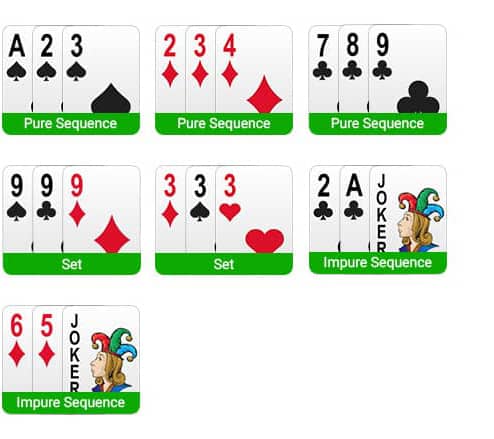
Gin Rummy
What is Gin Rummy?
Gin Rummy – Variations of Rummy Games for 2 players, a great card game for entertaining and gambling. To win, you have to get all of your cards into matching sets or runs before your opponent does.
Gin Rummy is played with a standard deck of 52 playing cards. The cards are shuffled and each player is dealt 10 cards. The remaining cards are placed face down in a pile in the center of the table. This pile is called the stock.
How to play Gin Rummy
The game begins with one player drawing the top card from the stock. They may then either discard one of their cards face up to start the discard pile or meld any cards from their hand that meet the requirements for melds.
Melds can be either runs (three or more cards of the same suit in consecutive order) or groups (three or more cards of the same rank, regardless of suit). Aces are considered low, so an A-2-3 is a valid run, but Q-K-A is not.
After a player has drawn and melded or discarded, the next player takes their turn. Players continue to draw, meld, and discard cards until one player goes out.
Going Out
A player can go out if they have melded all of the cards in their hands. They can also go out if they have 10 or fewer points of deadwood in their hands and knock. Deadwood is any card that is not part of a meld.
If a player knocks and their deadwood totals less than or equal to 10 points, they score the difference between their deadwood and their opponent’s deadwood. If their deadwood totals more than 10 points, they are penalized 10 points.
If a player goes out by melding all of their cards, they score 25 points.
Scoring
The game is played over a series of rounds. The first player to reach an agreed-upon score, usually 100 points, wins the game.
21 Card Rummy
What is 21 Card Rummy?
Variations of Rummy games – 21 Card Rummy is an thrilling card game that combines elements of traditional rummy games with unique features and scoring rules. It can be played with three decks of cards, allowing for more diverse combinations and strategic gameplay.
Objective
The goal of 21 Card Rummy is to be the first player to arrange all of the cards in your hand into valid melds and discard the remaining cards. Melds can be either runs (three or more consecutive cards of the same suit) or sets (three or more cards of the same rank, regardless of suit).
How to Play 21 Card Rummy
Gameplay
21 Card Rummy typically involves 2-6 players. Each player is dealt 21 cards from three decks of cards, including printed jokers and additional jokers known as upper jokers and lower jokers. The remaining cards form the closed deck, and the top card is turned over to start the discard pile.
On their turn, a player can choose one of the following actions:
Draw a card: Draw the top card from either the closed deck or the discard pile.
Meld cards: Form melds from the cards in your hand by placing them face-up on the table. Melds must follow the rules of runs and sets, and jokers can be used as wild cards to complete melds.
Lay off cards: Add cards from your hand to existing melds on the table, either your own or other players’ melds.
Discard a card: Discard one card from your hand face-up onto the discard pile.
Special Melds and Scoring
21 Card Rummy introduces unique melds and scoring rules that add depth and excitement to the game:
Pure Sequence: A pure sequence is a run of three or more cards of the same suit in consecutive order, without any wild cards.
Tunnela: A tunnela is a set of three or more cards of the same rank and the same suit. For example, 3♠3♠3♠ is a valid tunnela.
Dublee: A dublee is a set of four cards of the same rank, regardless of suit.
Upper and Lower Jokers: Upper and lower jokers are additional jokers that can be used in place of cards one rank higher or lower than the cut joker, respectively.
Marriage or Jackpot: A marriage or jackpot is a combination of an upper joker, a same-suit joker, and a lower joker. Marriages can be formed with two or three jokers, each increasing the score significantly.
Going Out
A player can only go out by forming valid melds with all of the cards in their hand and discarding the remaining cards. When a player goes out, the round ends, and all players score points based on the value of the cards remaining in their hands. The player with the lowest score at the end of the game wins.
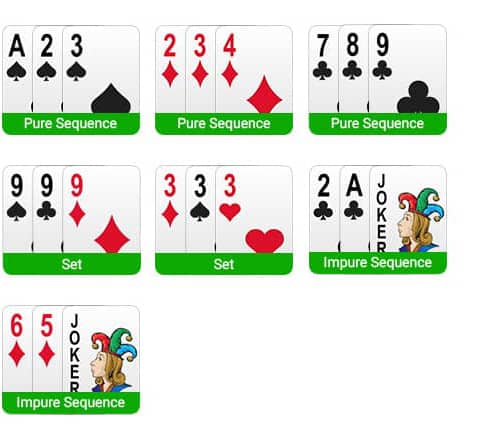
500 Rummy
What is 500 Rummy?
Rummy 500 is quite famous outside of India, Rummy 500’s rules are relatively straightforward, making it accessible to new players. The basic concept of forming melds and going out is easy to grasp, and the game’s progression provides opportunities to develop strategies and improve skills.
How to Play Rummy 500?
The game begins with one player drawing the top card from the stock and discarding it to start the discard pile. The next player then draws the top card from the stock and can either discard it or meld cards from their hand.
Melds
Melds are groups of cards that can be laid down on the table. There are two types of melds:
- Runs: Three or more cards of the same suit in consecutive order. For example, 5-6-7 of spades is a valid run.
- Sets: Three or more cards of the same rank, regardless of suit. For example, 3-3-3 is a valid set.
Jokers can be used as wild cards and can be used to complete any meld.
Laying off cards
After a player has drawn and melded or discarded, they can lay off cards from their hand onto existing melds on the table. For example, if a player has a 7 of spades and there is a meld of 5-6 of spades on the table, they can lay off their 7 of spades onto the meld.
Going out
A player can go out if they have melded all of the cards in their hand. When a player goes out, the round ends and all players score points based on the cards remaining in their hands. The player with the fewest points at the end of the game wins.
Scoring
At the end of each round, players score points based on the cards remaining in their hands. The scoring is as follows:
- Face cards (Jacks, Queens, and Kings): 10 points each
- Aces: 15 points each
- All other cards: Their face value
The player with the fewest points at the end of the game wins.
